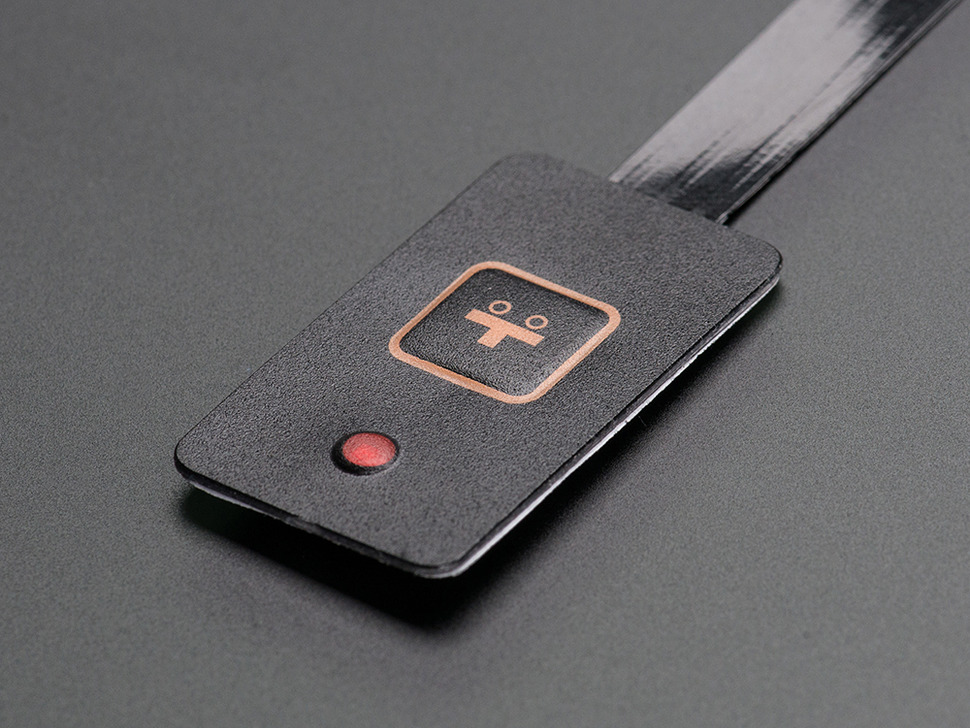Comprehending Membrane Switches Over: The Key to Sturdy and Trusted Controls

What Are Membrane Layer Buttons?
Membrane layer buttons are a sophisticated service in the realm of individual interface modern technology, integrating capability and layout perfectly. These gadgets offer as a user interface in between individuals and digital systems, incorporating numerous parts right into a compact style. Commonly constructed from flexible, thin layers of products, membrane buttons are made to react to touch, making it possible for customers to connect with machinery and electronic devices efficiently.
The primary elements of a membrane button include a printed circuit layer, graphic overlay, and a spacer layer that prevents unplanned activation. The visuals overlay can be tailored to mirror brand name identification or individual preferences, enhancing appearances while making certain use. Membrane buttons are typically utilized in various applications, consisting of medical gadgets, consumer electronic devices, and commercial devices, owing to their sturdiness and resistance to environmental aspects such as wetness and dust.
Among the crucial advantages of membrane layer buttons is their capacity to stand up to wear and tear, making them ideal for high-traffic settings. Furthermore, they are light-weight and call for marginal area, allowing for cutting-edge styles in item growth. On the whole, membrane switches over represent a practical and reliable selection for contemporary digital interfaces, weding innovation with user-centric layout concepts.
Exactly How Membrane Layer Switches Job
The procedure of membrane layer switches hinges on a straightforward yet effective system that converts individual input right into digital signals. When a user presses the switch, the top layer flaws, enabling a conductive component in the circuit layer to make contact with a matching conductive pad on the bottom of the visuals overlay.
The layout of membrane buttons can differ, yet they typically include domes or responsive components to provide comments to the individual, improving the total experience - membrane switch. The products made use of in membrane layer switches, such as polyester or polycarbonate, contribute to their longevity and resistance to ecological factors, including moisture and dirt. In addition, the published circuits are typically enveloped, which protects them from deterioration with time.
Advantages of Membrane Layer Switches

Furthermore, membrane layer buttons are known for their durability. Constructed from robust products, they are resistant to dirt, wetness, and physical wear, which significantly extends their lifespan contrasted to conventional mechanical buttons. This longevity makes them specifically ideal for high-traffic atmospheres and applications calling for longevity.
Another significant benefit is the ease of cleansing and upkeep. The smooth surface area of membrane layer changes lessens dust accumulation and is typically resistant to spills, making them ideal for setups that why not find out more call for regular sanitization.
Additionally, membrane switches offer a streamlined account, bring about a thinner style that can be integrated into numerous tools without adding bulk. This feature not just improves the aesthetic allure yet additionally adds to a much more ergonomic product layout.
Applications of Membrane Layer Switches
Versatile and straightforward, membrane buttons discover applications across a wide array of markets, consisting of medical devices, customer electronic devices, and industrial tools. In the clinical area, these switches are integral to tools such as diagnostic equipment, individual monitoring systems, and infusion pumps, where reliability and ease of cleansing are important. Their ability to maintain and endure harsh settings functionality makes them excellent for such applications.

In consumer electronics, membrane layer switches are utilized in items like microwaves, washing devices, and remotes - membrane switch. Their sleek style enables intuitive Continued interface, boosting the overall user experience while giving sturdiness and resistance to tear and wear
Industrial devices additionally gains from membrane switches, especially in control panels for equipment and automation systems. These buttons offer protection against dust and wetness, guaranteeing constant efficiency in tough environments. Their personalized attributes permit suppliers to customize them to specific functional needs, enhancing efficiency and functionality.
Choosing the Right Membrane Switch Over
When selecting a membrane layer button, it is important to take into consideration numerous variables that affect efficiency and suitability for certain applications. The main considerations include environmental problems, responsive comments, durability, and design requirements.
First, analyze the operating atmosphere; switches subjected to dampness, chemicals, or severe temperature levels require specific products to make sure durability and capability. Next, evaluate the demand for responsive comments. Depending on customer interaction, some applications may take advantage of a responsive action to confirm activation, while others might like a non-tactile design for aesthetic reasons.
Resilience is an additional important element; membrane layer switches should be developed to withstand constant use, influences, and important source abrasion. Make sure the selected button can endure the anticipated lifecycle, especially in high-usage scenarios.

Conclusion
In final thought, membrane layer switches serve as important parts in the design of reputable and sturdy control systems across various markets. The convenience of membrane changes enables for customized remedies that meet particular functional needs, enhancing their importance in contemporary innovation.
Membrane layer switches over stand for a crucial element of modern-day user interface layout, blending capability with strength in numerous applications.Membrane buttons are a sophisticated remedy in the world of customer interface modern technology, combining functionality and design seamlessly. Usually built from versatile, slim layers of products, membrane switches are developed to respond to touch, making it possible for customers to engage with equipment and electronic devices efficiently.
The style of membrane switches can differ, but they commonly integrate domes or tactile elements to supply comments to the individual, enhancing the total experience.In verdict, membrane layer changes serve as important components in the design of sturdy and reliable control systems throughout various markets.